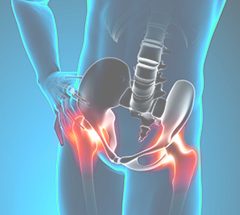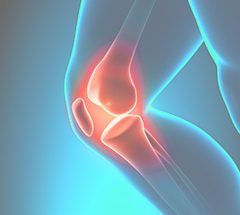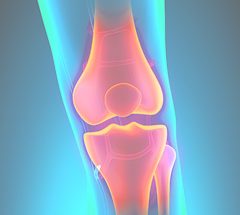Minimally Invasive Spine Surgery
Smaller incisions and minimal tissue disruption can lead to faster and less painful recover from spinal surgery.
Minimally invasive spine surgery is a surgical philosophy that drives the surgeon to try to minimize the soft tissue damage that normally occurs during surgery.
This involves not only making smaller incisions, but also limiting the amount of soft tissue disruption beneath the skin. While the incisions may be considerably smaller than standard incisions, the procedure performed through that incision is essentially unchanged.
What this means to patients is less post-operative pain and a faster recovery. Advances in surgical techniques as well as equipment are allowing surgeons to perform minimally invasive surgery for many procedures that were never thought possible before.
Are you a candidate for minimally invasive surgery?
Not all patients are candidates for minimally invasive surgery, and some spinal procedures do not lend themselves to the use of minimally invasive techniques.
There are many factors to consider prior to selecting minimally invasive surgery. While the incisions may be small, the amount of work performed under the skin is in many cases technically more difficult. Certain procedures do not lend themselves to small incisions, and you should always discuss the pros and cons with your surgeon.
The decision to proceed with a minimally invasive procedure may be changed in the middle of the procedure. Patients must be prepared and give permission for larger incisions (standard procedures) if the procedure through smaller incisions becomes unsafe to continue. Patient safety is our most important priority. Your surgeon will use their judgment to do what’s best for you.
How is minimally invasive surgery performed?
The preoperative process for minimally invasive spine surgery is unchanged from standard techniques. Following a thorough preoperative screening (laboratory studies, EKG and chest X-ray) you will be admitted to the operating room pre-anesthesia area (inpatient or outpatient) and interviewed by the nursing and anesthesia staff. The staff typically administers a general anesthetic and positions you on the operating table in accordance with the procedure to be performed.
Minimally invasive techniques rely heavily upon the use of intraoperative X-ray equipment (image intensifiers, also known as c-arms). A microscope typically provides illumination and visualization. In addition, your surgeon may also choose to use neurologic monitoring with EMG or SEP/MEP to reduce the risk of nerve injury.
Many traditional procedures require making large midline incisions that strip muscle from the spine. Minimally invasive techniques require much smaller incisions. In addition, they often use dilators to spread muscle instead of cutting it.
Once the muscle fibers have been gently spread with a series of dilators, a tube is then placed over the last dilator. The diameter of these tubes is often smaller than the diameter of a quarter. The dilators are then removed and the surgeon is able to operate through the tube.
Once the surgery is complete, the surgeon removes the tube and closes the incision. Depending on your surgery, you may have more than one incision. You are awakened from the general anesthetic and transferred to the post-anesthesia recovery area for further monitoring.
Are there risks associated with minimally invasive surgery?
Risks associated with minimally invasive surgery are similar to the traditional procedures. The long-term outcomes of minimally invasive surgery compared to traditional approaches are not known.
Make an appointment with one of our spine surgeons at ProOrtho to learn more about minimally invasive spine surgery and whether or not you would benefit from these leading-edge techniques.

















